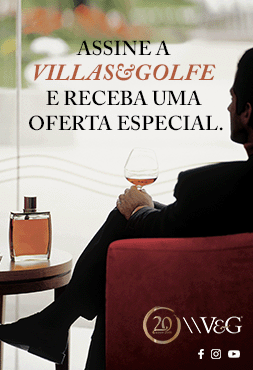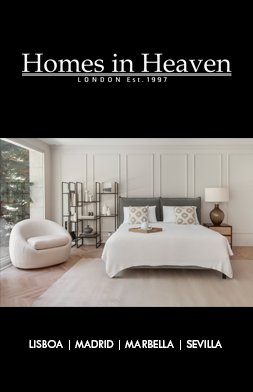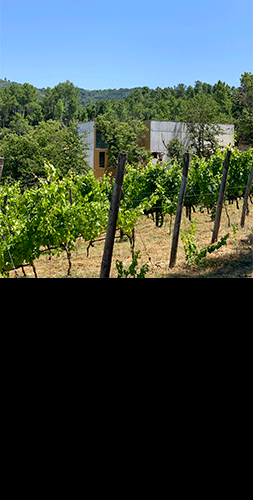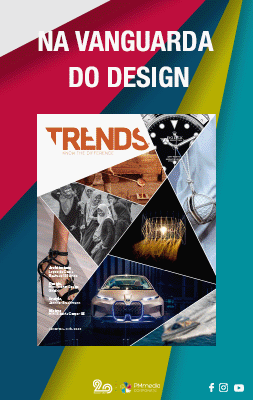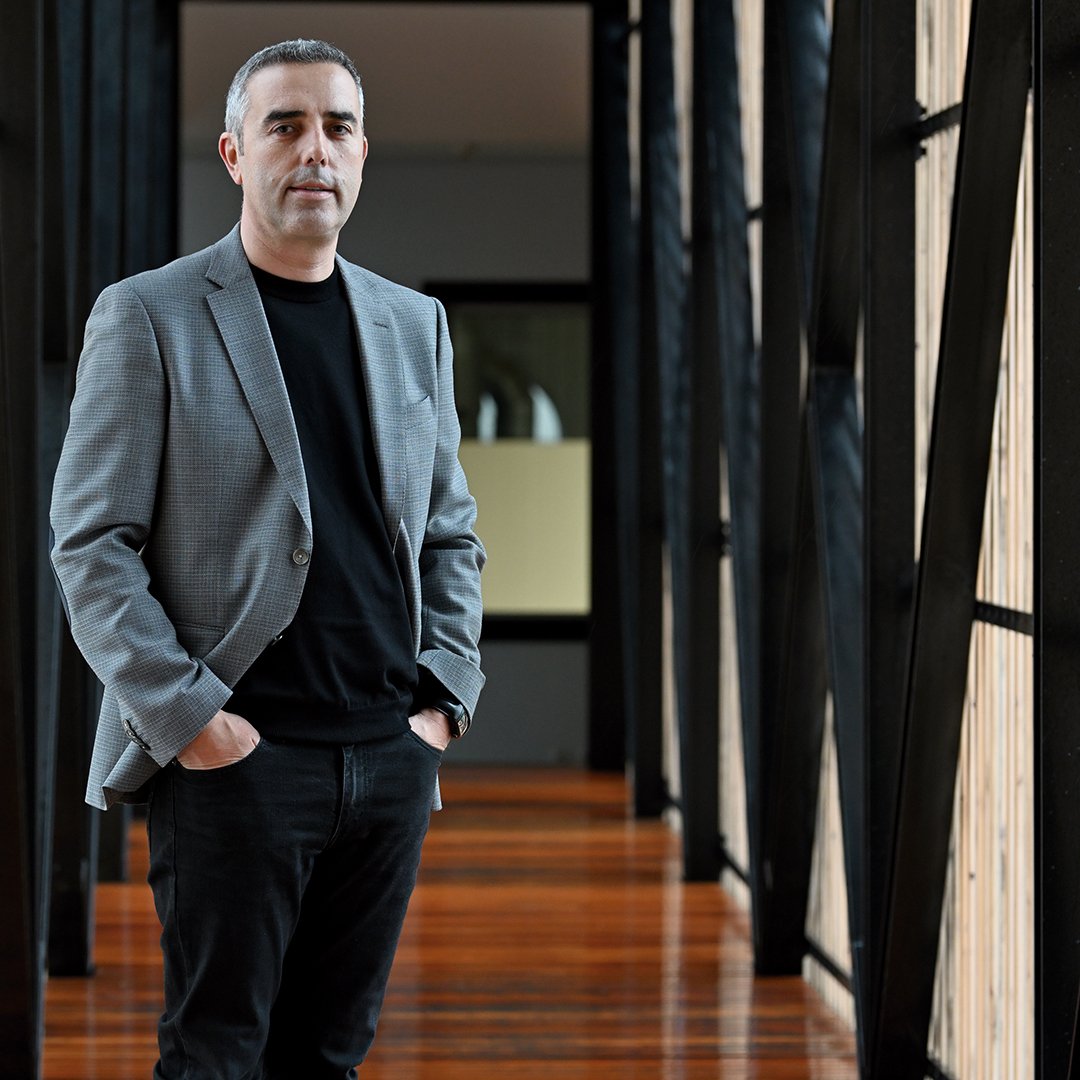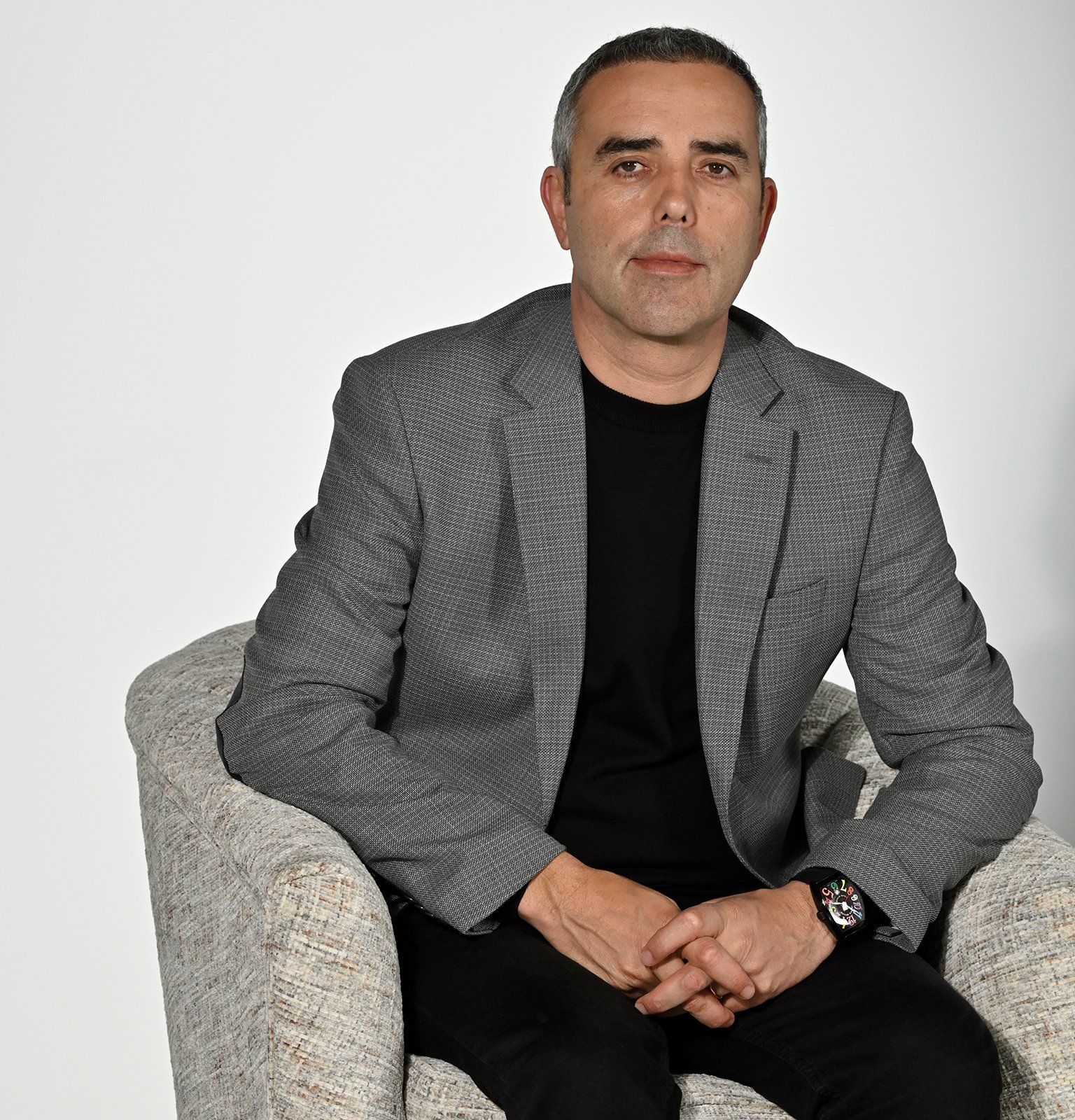
25 years ago, Mário and Zita Rocha founded an organisation in Rebordosa. «Antarte» was the name they gave it, thanks to the fusion of the words «antiguidade» e «arte» («antique» and «art»). He was already familiar with the industry because of his father’s trade as a furniture factory bisiness man. She was the one with the decorative inclinations. The business began with the restoration and sale of classic furniture which, years later, evolved into the creation of home décor trends in Portugal. There are currently 14 outlets in Portugal and other shops in Angola, Ghana, São Tomé and Príncipe, South Africa and the United Arab Emirates. As for the ambition to continue to expand internationally, there seems to be no doubt, after the brand has already proved its reputation with the creation of Pope Benedict XVI’s Resting Chair and the customised model for singer Anitta. Mário Rocha, Antarte’s CEO, says that today he feels like Sinatra sang: I did it my way. And he hopes to continue to do so.
How does Antarte combine aesthetics, functionality and sustainability in each model?
Combining these attributes in a piece of furniture is a real challenge that Antarte has been able to achieve with each collection. For the brand, it makes no sense to develop pieces with an exuberant aesthetic if they are not comfortable or functional. Coming up with a captivating design with the ability to provide comfort and ample storage is in the company’s DNA. I’ll give you an example: sitting in an Antarte armchair is a moment of absolute comfort in a piece with a refined design. Ant the use of sustainable raw materials is imperative for a brand that has made environmental responsibility one of the pillars of its mission.
You often say that the brand is imbued with timelessness. What does timeless design mean to you?
Timeless design blends elegant lines with a touch of irreverence, without ever overlooking comfort and functionality. Over time, there have been several pieces of furniture that have become international icons, such as the Chesterfield sofa and the Barcelona chairs by Mies van der Rohe; and the Eames Lounge by Charles and Ray Eames. A significant number of these renowned models are sofas or chairs, so the reason for their nature seems obvious: they are pieces of furniture to be experienced. When a creative person manages to come up with a striking piece that, as well as catching the eye, offers a comfortable and ergonomic seat, they are fully fulfilling their function.
In this respect, Antarte upholds its DNA based on timeless design in every collection it creates. Instead of the exuberance of designs that become dated with the passage of time, they opt for an elegance that shapes the soul of the spaces in which they are placed.
What is the identifying feature of Antarte that is common to each and every model?
There are several common features in Antarte’s pieces, starting with the proportions and very balanced lines, which convey feelings of visual comfort. There is also a palette of colours and materials that, in a way, identify the brand’s models, such as natural oak, walnut, palisander and cryptomeria from sustainable forests in the Azores. The quality of the assembly and finishes are other distinctive characteristics that the products convey.
Internationalisation is a given for the company, with its own stores in Angola, Ghana and Morocco. How does the business adjust to the different countries in which it operates?
The colonial past in African countries has led to a certain alignment with European standards in terms of tastes and preferences, which is why we haven’t felt the need to create specific product ranges. In the United Arab Emirates, on the other hand, where we’ve recently been focusing our efforts, it doesn’t work like that. Sofas, for example, have to be bigger and chairs and beds have to have certain characteristics.
«The use of sustainable raw materials is imperative»
How does Antarte combine aesthetics, functionality and sustainability in each model?
Combining these attributes in a piece of furniture is a real challenge that Antarte has been able to achieve with each collection. For the brand, it makes no sense to develop pieces with an exuberant aesthetic if they are not comfortable or functional. Coming up with a captivating design with the ability to provide comfort and ample storage is in the company’s DNA. I’ll give you an example: sitting in an Antarte armchair is a moment of absolute comfort in a piece with a refined design. Ant the use of sustainable raw materials is imperative for a brand that has made environmental responsibility one of the pillars of its mission.
You often say that the brand is imbued with timelessness. What does timeless design mean to you?
Timeless design blends elegant lines with a touch of irreverence, without ever overlooking comfort and functionality. Over time, there have been several pieces of furniture that have become international icons, such as the Chesterfield sofa and the Barcelona chairs by Mies van der Rohe; and the Eames Lounge by Charles and Ray Eames. A significant number of these renowned models are sofas or chairs, so the reason for their nature seems obvious: they are pieces of furniture to be experienced. When a creative person manages to come up with a striking piece that, as well as catching the eye, offers a comfortable and ergonomic seat, they are fully fulfilling their function.
In this respect, Antarte upholds its DNA based on timeless design in every collection it creates. Instead of the exuberance of designs that become dated with the passage of time, they opt for an elegance that shapes the soul of the spaces in which they are placed.
What is the identifying feature of Antarte that is common to each and every model?
There are several common features in Antarte’s pieces, starting with the proportions and very balanced lines, which convey feelings of visual comfort. There is also a palette of colours and materials that, in a way, identify the brand’s models, such as natural oak, walnut, palisander and cryptomeria from sustainable forests in the Azores. The quality of the assembly and finishes are other distinctive characteristics that the products convey.
Internationalisation is a given for the company, with its own stores in Angola, Ghana and Morocco. How does the business adjust to the different countries in which it operates?
The colonial past in African countries has led to a certain alignment with European standards in terms of tastes and preferences, which is why we haven’t felt the need to create specific product ranges. In the United Arab Emirates, on the other hand, where we’ve recently been focusing our efforts, it doesn’t work like that. Sofas, for example, have to be bigger and chairs and beds have to have certain characteristics.
«The use of sustainable raw materials is imperative»





